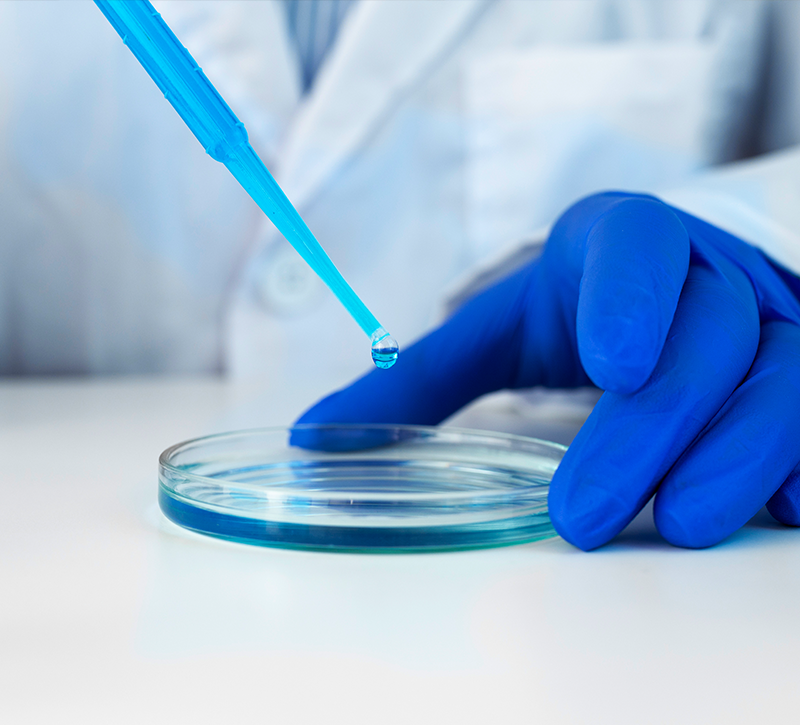Endometriosis
Endometriosis is a disease that affects women’s reproductive system, causing discomfort, heavy bleeding, and, in extreme cases, loss of fertility. On this page, we explain a little more about this misunderstood disease.
Treatment for endometriosis
What is endometriosis?

In this disorder, the endometrial tissue behaves the same inside and outside the uterus, thickening during your menstrual cycle and breaking down to generate bleeding. The major difference is that, being outside your uterus, the tissue cannot exit through the vagina as menstrual bleeding does.
Over time, abnormal endometrial tissue can cause injury and irritation to the surrounding tissue, causing lesions known as adhesions or scar tissue. In addition, it can develop into cysts on the ovaries, known as endometriomas.
In severe cases of endometriosis, the organs in the pelvic area may “stick” to each other.
Main causes and symptoms of endometriosis
Retrograde menstruation
During healthy menstruation, the endometrial tissue is expelled from the body through the vagina. In retrograde menstruation, on the other hand, blood (with endometrial cells) travels up into the fallopian tubes. This tissue, not being eliminated, remains in the areas adjacent to the uterus.
Peritoneal cells
Another possible explanation for endometriosis is the influence of hormones or immune factors on the cells lining the abdomen. It is believed that hormones may cause these cells to resemble uterine cells.
Healing
In case of abdominal surgery, endometrial tissue may adhere during the healing process.
Endometriosis causes many discomforts, including:
- Painful periods, including belly, back and even stomach pain. Pain may begin before the menstrual period and last for days.
- Excessive bleeding, either during the menstrual period or between periods.
- Pain during or after sex due to inflammation and damage to internal tissues.
- Pain when going to the bathroom, due to the pressure exerted on the area.
- Gastrointestinal disorders such as bloating, nausea or constipation.
- Fatigue


How to detect endometriosis
At Panama Fertility, we have more than three decades of experience in gynecology and fertility. We are dedicated to your care with the utmost attention so that you feel safe and confident every step of the way.
Although there is no definitive cure, early detection of endometriosis is essential in its management. Endometriosis is usually detected through a combination of techniques. First, your medical team will evaluate your medical history. In addition, they will perform evaluations such as a pelvic exam, ultrasound or even an MRI.
In some cases, exploratory surgery known as laparoscopy may be necessary.
Treatment for endometriosis
Their impact on your fertility

In other cases, the inflammation generated by the abnormal tissue can adversely affect the function of the fallopian tubes, making pregnancy difficult. In addition, hormonal changes can influence ovulation.
Don’t be discouraged! It is possible to achieve a healthy pregnancy even with endometriosis.
A diagnosis of endometriosis is not a sentence to your fertility. Schedule an appointment with our experts to learn more about your condition and evaluate a plan of action.
